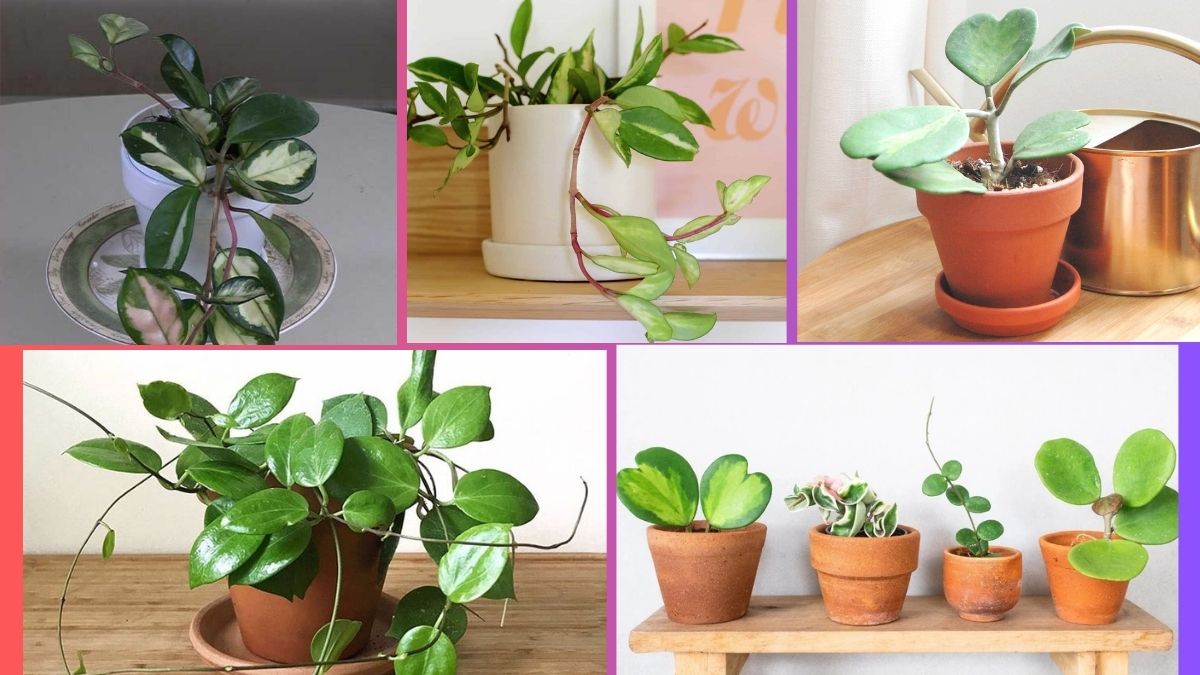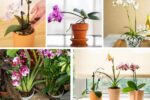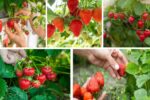Hoyas, often called Wax Plants, are adored by plant enthusiasts for their thick, glossy leaves and clusters of fragrant, star-shaped flowers. Native to the tropical and subtropical forests of Asia and Australia, these beautiful, vining houseplants have earned a reputation for being low-maintenance and adaptable. However, the key to keeping a Hoya healthy and flourishing lies in understanding its watering needs.
Overwatering is one of the most common mistakes when caring for Hoyas, as their thick, succulent-like leaves store moisture. Conversely, neglecting their water needs can cause leaves to shrivel and growth to stagnate. So how often should you water a Hoya? This comprehensive guide explores watering frequency, the factors that influence it, signs of overwatering and underwatering, and the best watering techniques to keep your Hoya thriving.
Understanding Hoya’s Natural Habitat
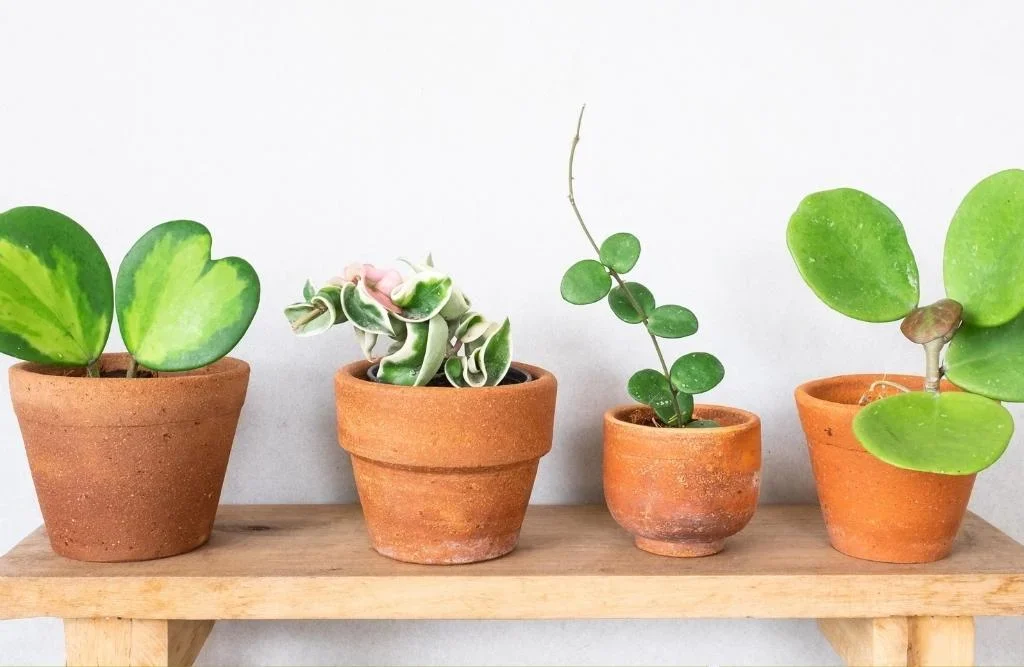
Hoyas naturally grow as epiphytic or semi-epiphytic plants in tropical rainforests:
- Climbing on trees or trailing from rocks
- Surrounded by humid, warm air
- Receiving indirect light
- Growing in loose, fast-draining mediums like moss, bark, and organic matter
These natural conditions mean Hoyas prefer moist but not consistently wet environments. Mimicking this habitat indoors is crucial for optimal growth.
How Often Should You Water a Hoya?
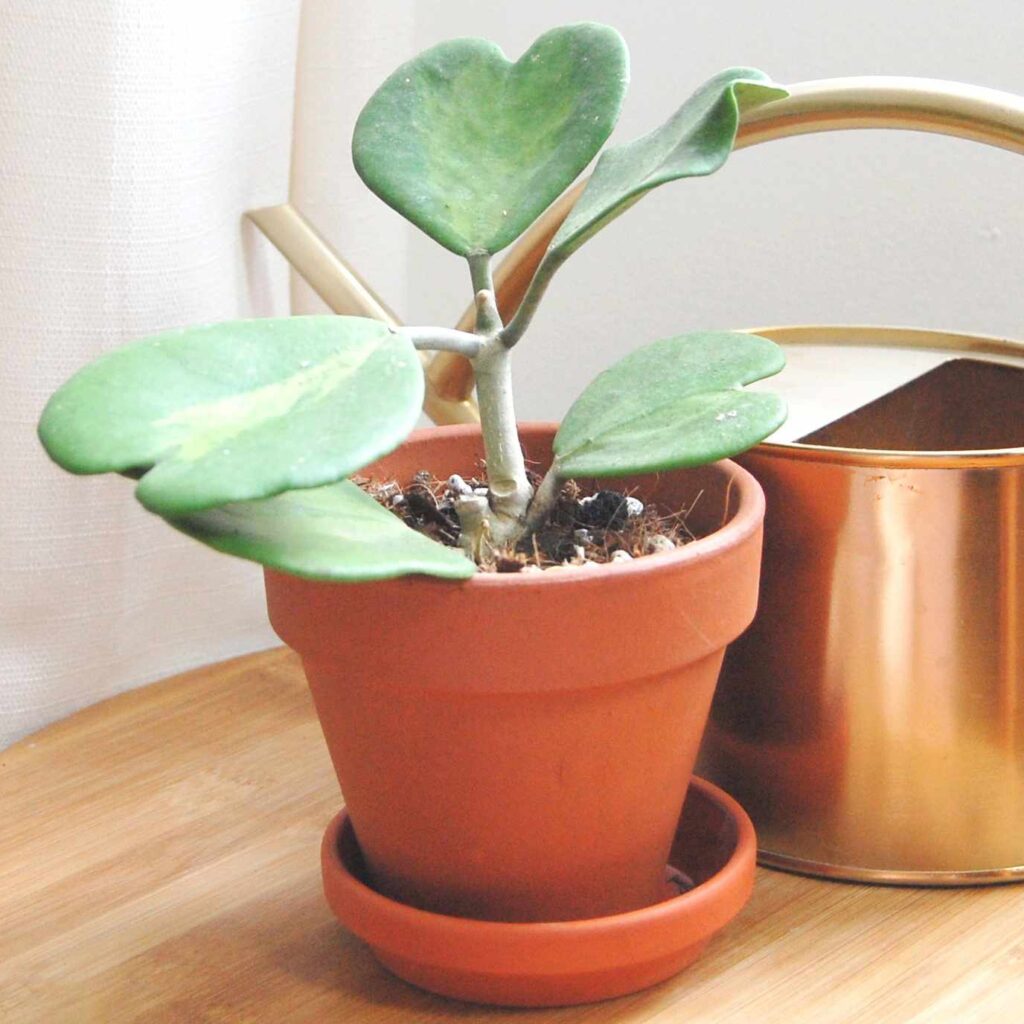
1. General Watering Schedule
As a general rule:
- Water your Hoya once every 7–10 days during spring and summer (the active growing season).
- In autumn and winter, reduce watering to once every 14–21 days.
However, fixed schedules can be misleading. The exact frequency depends on factors like temperature, humidity, light exposure, pot size, soil type, and the specific Hoya species you’re growing.
Key Rule:
Always check the soil before watering — let the top 1–2 inches dry out between waterings.
Factors Affecting Hoya’s Watering Frequency
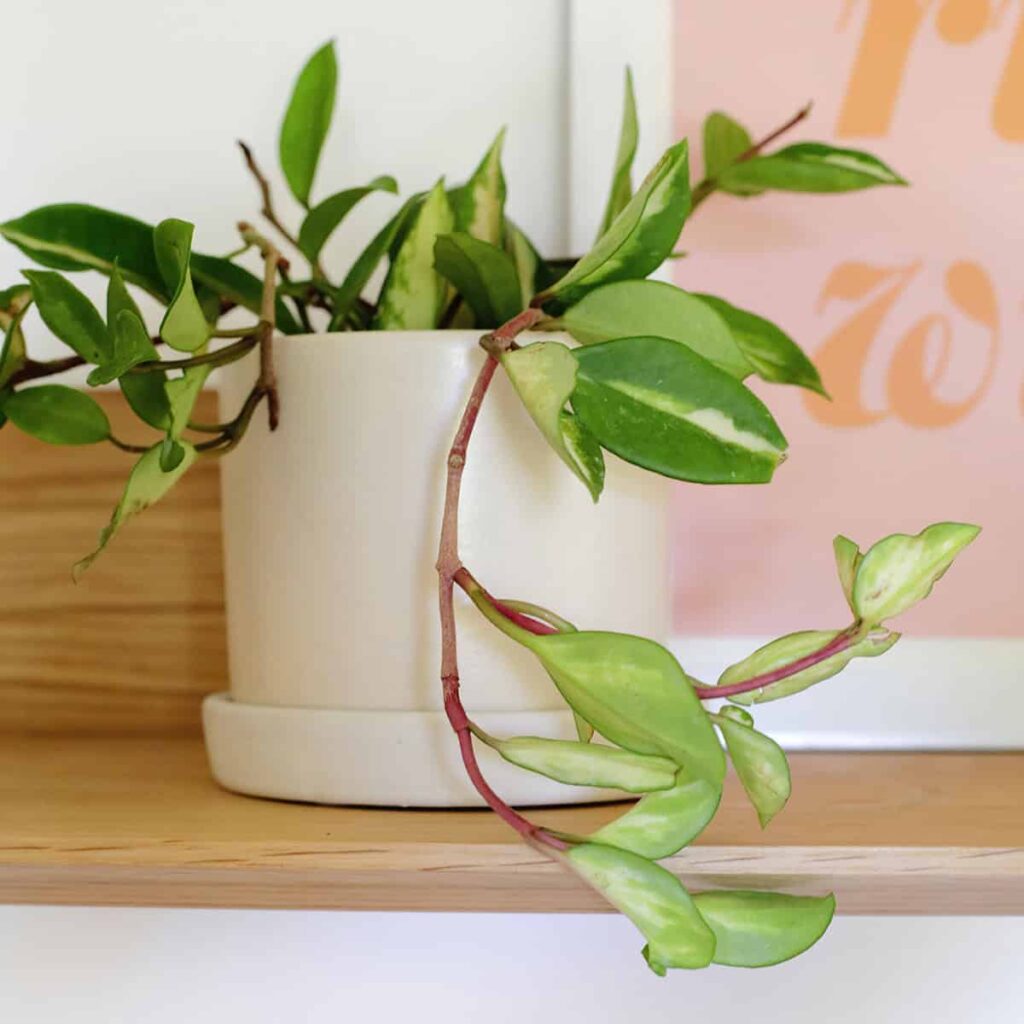
Several factors determine how often you should water a Hoya. Understanding these ensures you adjust your care routine appropriately.
1. Temperature and Season
- Higher temperatures (above 24°C/75°F) increase evaporation, causing the soil to dry faster.
- In cooler months (below 18°C/64°F), Hoyas enter a slower growth phase and need less water.
Tip: Water more frequently in summer, and reduce significantly during winter.
2. Humidity
Hoyas love moderate to high humidity (50–80%):
- In dry, air-conditioned, or heated environments, soil dries faster.
- High humidity slows evaporation and may reduce watering needs.
Tip: Use a humidifier or place the plant on a pebble tray in dry indoor conditions.
3. Light Exposure
- Bright, indirect light encourages faster drying of the soil and active plant growth, requiring more frequent watering.
- In lower light conditions, soil retains moisture longer.
Tip: If your Hoya receives bright filtered light, check soil moisture more often.
4. Soil Type and Drainage
Hoyas prefer an airy, well-draining potting mix similar to their natural epiphytic environment. Ideal potting mixes include:
- Orchid bark
- Perlite
- Peat moss or coco coir
- Charcoal
Tip: Avoid dense, heavy soils that retain water and increase the risk of root rot.
5. Pot Size and Material
- Larger pots hold more water, slowing drying time.
- Terracotta pots allow faster evaporation than plastic or ceramic.
Tip: Always ensure your pot has drainage holes to prevent water accumulation.
How to Check Soil Moisture Before Watering
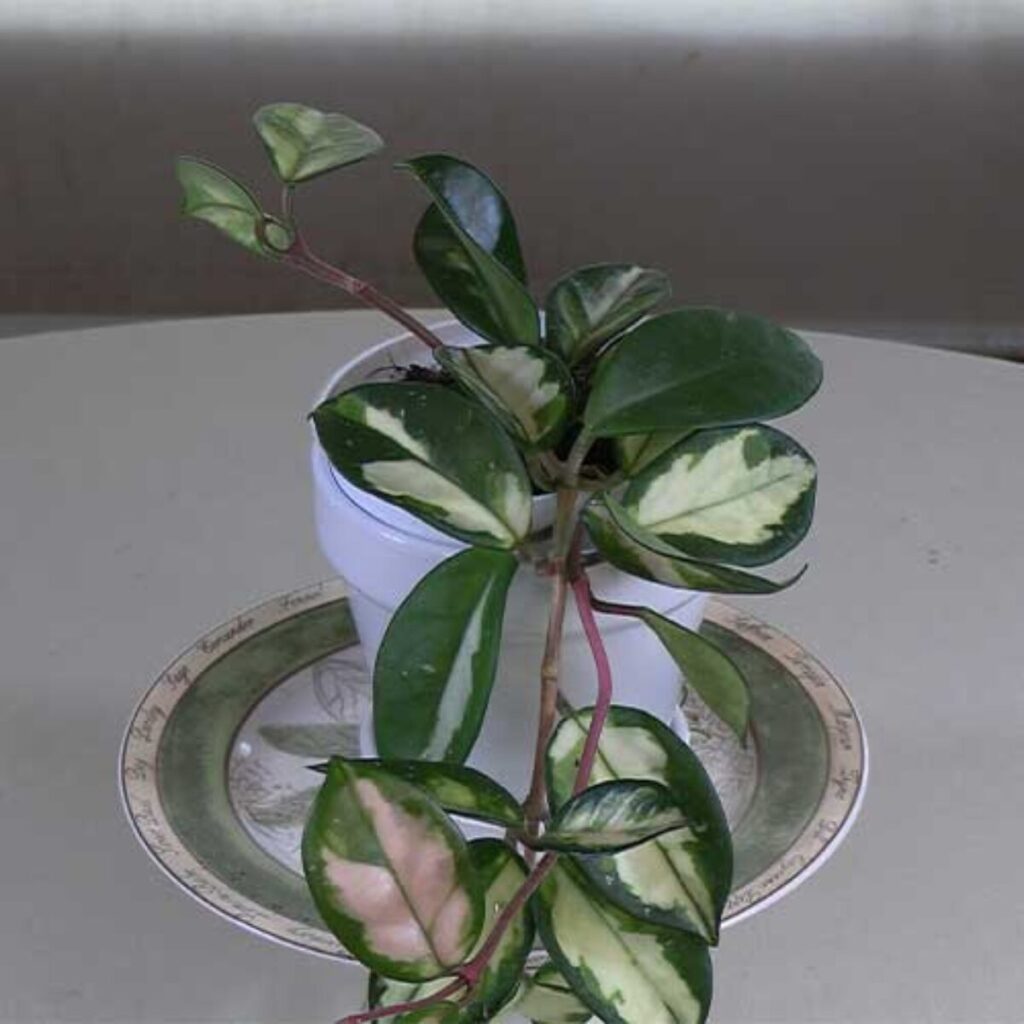
Before watering, it’s crucial to assess soil moisture properly:
1. Finger Test
Insert your finger about 1–2 inches into the soil:
- If it feels dry, it’s time to water.
- If it feels moist, wait a few more days.
2. Moisture Meter
Use a moisture meter for a more accurate reading, especially for deeper soil layers.
3. Visual Check
Observe the soil color and texture:
- Dry soil appears lighter and may pull away from the pot’s edges.
- Moist soil appears darker and feels cool to the touch.
Signs of Overwatering and Underwatering
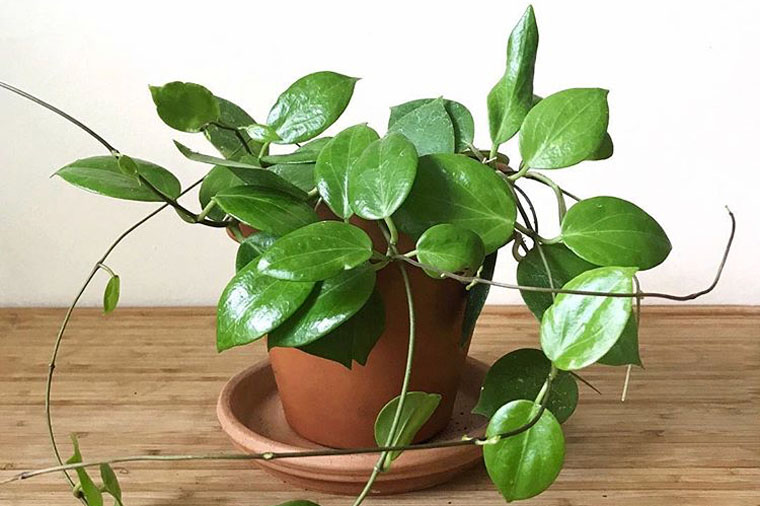
Recognizing early signs of watering issues can prevent serious damage.
1. Signs of Overwatering
- Yellowing, soft leaves
- Mushy stems or root rot
- Leaf drop
- Soil smells musty or sour
Solution:
Let the soil dry out completely before watering again. If root rot is present, trim affected roots and repot in fresh, well-draining soil.
2. Signs of Underwatering
- Wrinkled, shriveled leaves
- Crispy, dry leaf edges
- Drooping leaves
- Slow or stunted growth
Solution:
Water thoroughly until excess drains from the bottom, and adjust your watering frequency.
Best Watering Practices for Hoyas
1. Water Deeply and Evenly
When it’s time to water:
- Water thoroughly until it drains from the bottom.
- Avoid leaving the plant sitting in standing water.
2. Use Room-Temperature, Non-Chlorinated Water
Cold water can shock the roots, and chlorinated water may cause leaf browning. Use:
- Filtered water
- Rainwater
- Tap water left to stand overnight
3. Water Less in Dormancy
In winter, Hoyas slow down their growth. Reduce watering frequency, letting the soil dry out more between waterings.
Seasonal Watering Guidelines
| Season | Watering Frequency | Additional Tips |
|---|---|---|
| Spring/Summer | Every 7–10 days | Check soil frequently, increase humidity |
| Autumn/Winter | Every 14–21 days | Reduce misting and water sparingly |
Common Watering Mistakes to Avoid
- Watering on a strict schedule without checking soil moisture
- Overwatering during winter months
- Using heavy, poorly-draining potting mixes
- Ignoring changes in environmental conditions
- Letting Hoyas sit in standing water
Extra Care Tips for a Healthy Hoya
- Mist occasionally in dry environments, avoiding flower clusters.
- Wipe leaves with a damp cloth to remove dust and enhance photosynthesis.
- Fertilize lightly during spring and summer with a balanced, diluted fertilizer.
- Repot every 2–3 years with fresh, well-draining mix.
- Provide bright, indirect light for healthy growth and flowering.
Conclusion
Hoyas are beautiful, resilient houseplants that, with the right care, can thrive for decades. While they tolerate occasional neglect, proper watering is essential for lush growth and stunning blooms.
In general, water your Hoya every 7–10 days during warmer months and every 14–21 days in cooler months, adjusting based on soil moisture, temperature, humidity, light exposure, and plant size. Always let the top 1–2 inches of soil dry out before watering and avoid overwatering, especially in winter.
By following these guidelines and staying attuned to your plant’s signals, you’ll enjoy a thriving, healthy Hoya that adds charm and natural beauty to your space.
